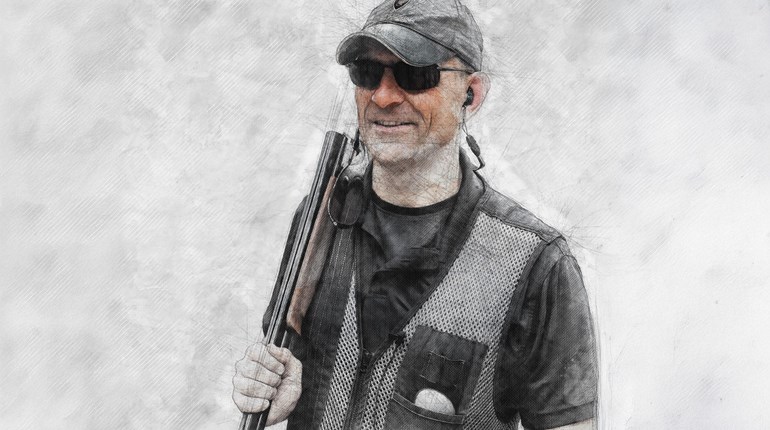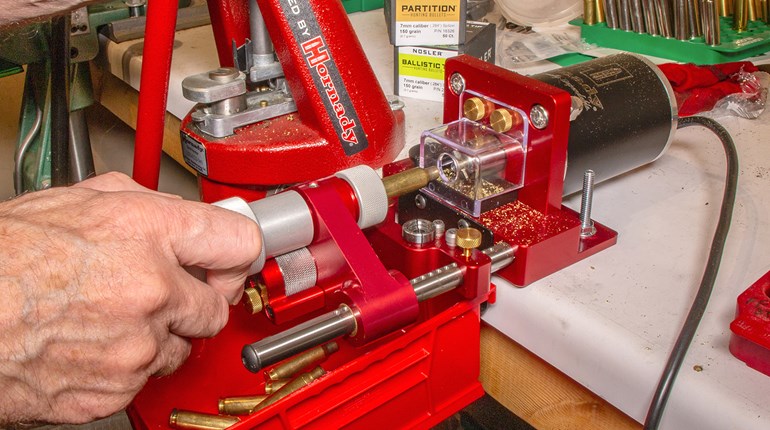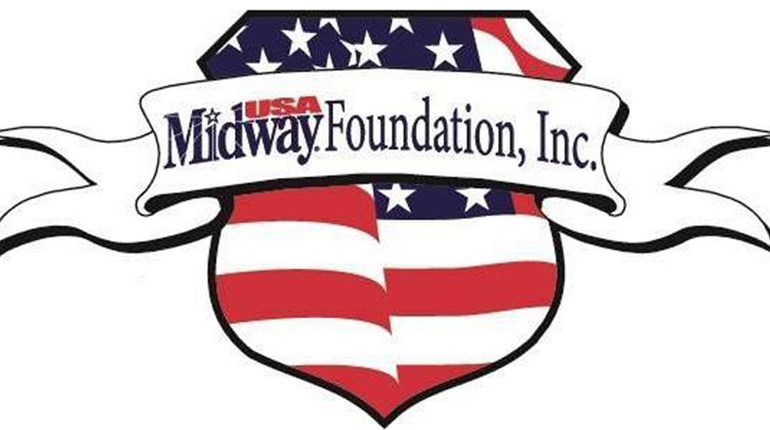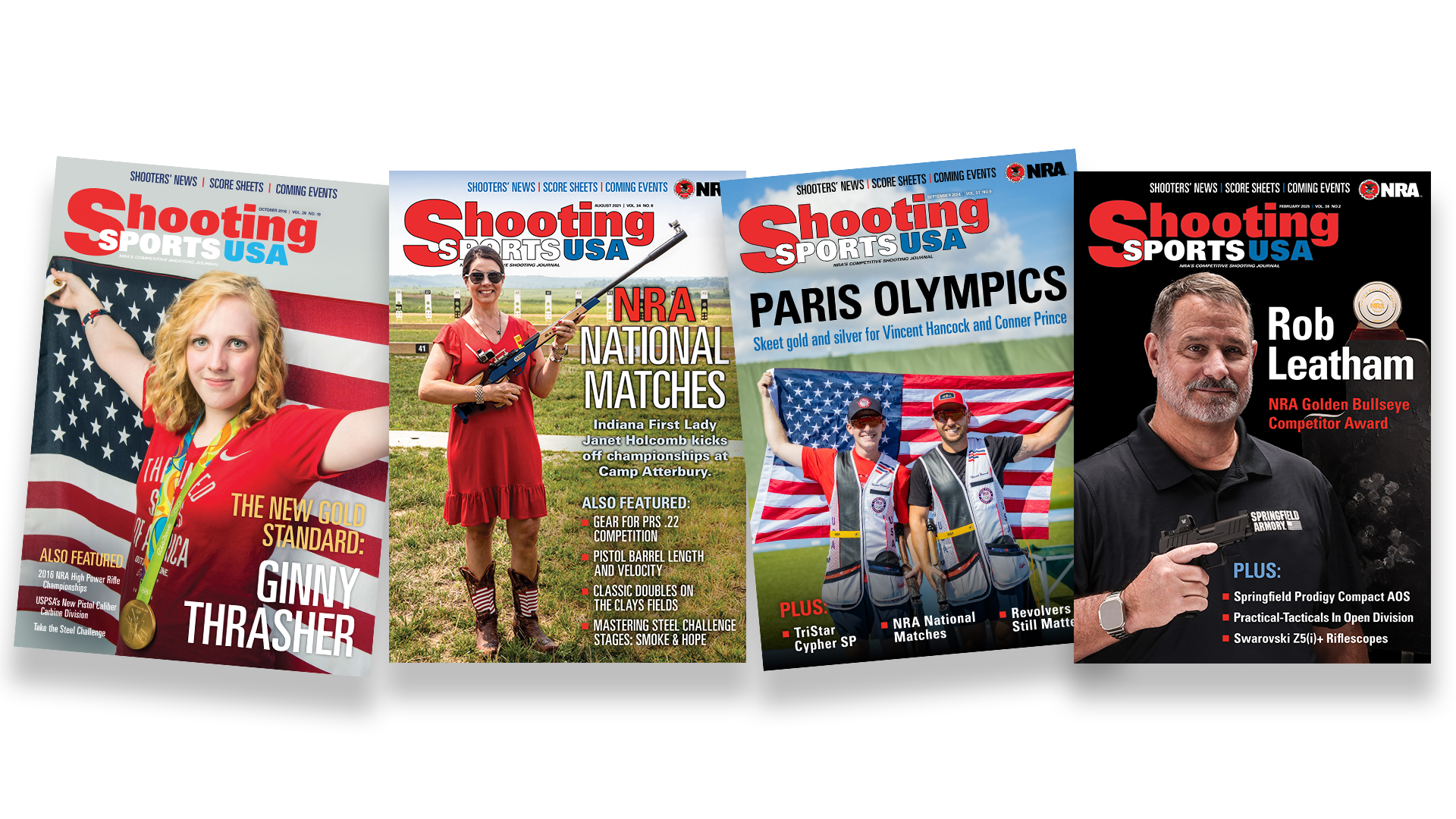
Imagine a baseball or football team with players of all ages, ranging from 12 to 74. Not everyone is in top physical shape, but each person has different levels of experience to offer and all have a desire to compete and to succeed. To many, due to the physical demands and requirements of such sports, this may seem idealistic rather than reality—but in the shooting world, it is the norm.

Competitive shooting allows people to compete side-by-side on the same level regardless of age, gender, race or other factors that can traditionally divide. Persons with disabilities or injuries also find that they can fulfill their competitive aspirations in the shooting sports when other avenues are out of the question.
Eighteen-year-old Amy Cawley of Rochester, N.Y., had a tough decision to make after multiple injuries seemingly crushed her high school and collegiate sports dreams. Though a dedicated soccer player, her freshman year of high school presented a difficult choice: surgery, or the end of her soccer career. Choosing her health, Cawley discovered shotgun shooting as a way to fulfill her competitive drive. Now a sponsored shooter for Winchester and a member of Midland University’s shotgun sports team, Cawley found that the shooting sports opened doors for her that traditional sports could not.

Olympic gold medalist Ginny Thrasher has also tackled this topic on her social media feed, though with a focus on gender.
“Obviously, male and female bodies have slight differences that need to be accounted for by coaches when setting up a position,” Thrasher said. “But other than that, I believe that shooting is the most equal sport in the world and that men and women have the same levels of potential. One of my favorite facts about shooting that proves this amazing equality is that Rifle is the only sport in the NCAA with co-ed championships. In addition, the men’s and women’s world record in international competition is within half a point of each other! To go further, every day at the Olympic and Paralympic Training Center I practice with para-athletes, showing that not only does gender not matter, neither does height, weight, eye color, etc. I would even say that after the first year of doing the sport, the only differences come down to work ethic. [There] is a cultural change starting with the number of mixed team events that are popping up in international competition, which is a great opportunity for us to display the finer and more unique qualities in our sport.”
By nature, the shooting sports allow for an even playing field. Performance is not based on physical strength and stature, instead training and dedication. Someone who is 4 feet 11 inches tall and weighs 110 pounds for example, can compete on the same level as someone who is 6 feet 4 inches tall and 240 pounds. Local, state, regional, national and international competitions in dozens of target shooting disciplines allow each person to find what works best for them. In addition, the firearms industry has taken note of differences in body shapes and sizes, e.g., offering smaller and lighter rifle stocks to accommodate smaller shooters.

Diversity on the shooting range is nothing new. Legendary exhibition shooter Annie Oakley began shooting to feed her family, and at age 15 won a contest against experienced marksman Frank Butler. Alice Bull began shooting in 1929 as a member of the University of Washington women’s rifle team, and went on to win four National Women’s High Power Rifle Championships. She was also the first woman to win a President’s Hundred Tab, first woman to earn the Distinguished Rifleman’s Badge (1961), first woman to serve on the National Board for the Promotion of Rifle Practice and the first woman elected to serve on the NRA’s Board of Directors. More recently, in 1999, Gabby Franco was the first female shooter to represent Venezuela in the Olympics.

These are only a few of the many women who have made a name for themselves in the shooting sports and inspired others. While the number of female competitive shooters has been on the rise, female shooters are not the only examples of equity in shooting sports—just the biggest success story. According to the National Shooting Sports Foundation’s 2020 Hunting and Target Shooting Participation Industry Intelligence Reports, female participation grew 6.1 percent from 2005 to 2019. The report also provides evidence that handgun and shotgun sports are the most popular among women. Female participation in handgun target shooting grew 27.8 percent from 2005 to 2019, while female participation in shotgun target shooting grew a whopping 71.1 percent over the same time period.
Success in the shooting sports is not limited by your characteristics, but by your motivation and desire to improve. Exposure can also be a significant factor. While in college, I made it a point to introduce students who had zero exposure to firearms to the competitive shooting world, particularly foreign exchange students. The shooting sports allow for equity, providing equal opportunities and accommodations that make those opportunities equal.

In modern society, extra attention is paid to diversity and equal access to opportunity. With over 15,000 NRA-affiliated organizations in the U.S., not to mention those affiliated with the Civilian Marksmanship Program and other entities, there is ample opportunity to enjoy the shooting sports at all levels.
Helpful links:
- SSUSA Coming Events (local match directory)
- NRA
- USA Shooting
- Camp Valor Outdoors
- CMP
- NSSF
- NCAA Rifle

Lead photo: Competitive shooter Athena Lee coaches a new shooter on the firing line at the Women’s Outdoor Media Association’s (WOMA) “She Never Quit” event. (Photo by Serena Juchnowski).
Read more: How Competitive Shooting Makes You A Better Hunter



































